ARTICLE AT A GLANCE
Can a nutrient dense diet help improve your breathing?
Short answer – yes. Focusing on an anti-inflammatory diet through a variety of nutrient dense foods has numerous health benefits – including improving your breathing conditions. The right mix of nutrients can help you breathe easier.
Over the last 20 years, research shows that the metabolism of carbohydrates produces the most amount of carbon dioxide for the amount of oxygen used, while the metabolism of fat has the least. As a result, according to the American Lung Association, a low carb diet may in fact help you breathe easier.
Now, we also have to consider sodium intake, which may cause edema, or excess storage of water, and increase your blood pressure. Increased blood pressure makes your blood squeeze into a smaller space, and in turn, delivers less oxygen throughout the body.
It’s also critical to highlight the importance of water. Staying hydrated helps keep mucosal lining of the lungs thin, and thus can improve your lung function too.
Lastly, there are several key nutrients you can include in your diet to improve your lung health:
- Omega-3s
- Vitamin C
- Vitamin E
- Vitamin A/Beta Carotene
- Folate
- Magnesium
- Dietary Fiber
10 Foods to Add to Your Diet for Healthy Lungs
1. Walnuts
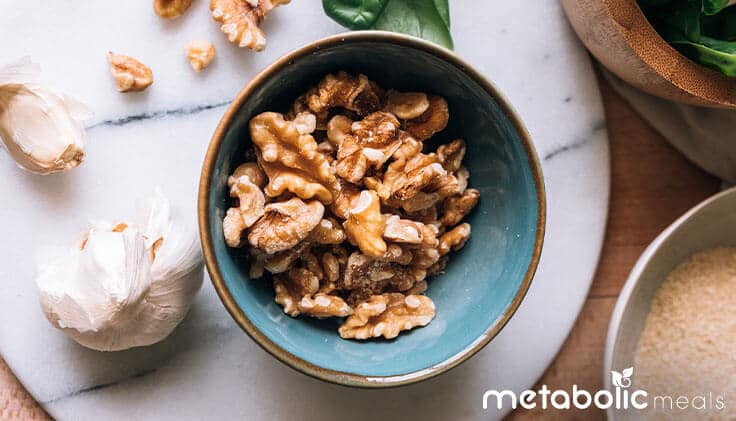
Walnuts are high in omega-3s, which are broadly known for their anti-inflammatory effects.
Studies suggest dietary omega-3 intake is associated with lower risk of chronic obstructive pulmonary lung disease (COPD) as well as a protective association between omega-3 intake and respiratory symptoms in susceptible subgroups such as smokers.
2. Wild-Caught Salmon

Wild-Caught Salmon is high in vitamin D, proteins, and healthy fatty acids.
Vitamin D is essential to immunity and plays a significant role in airway remodeling.
3. Guavas
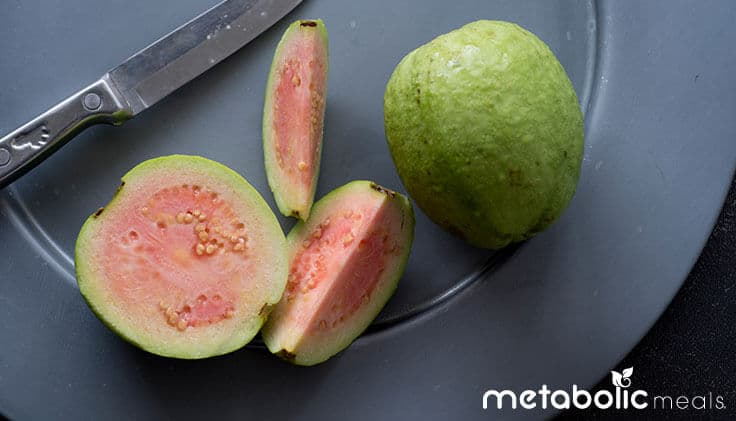
Guavas are high in vitamin C, a well known vitamin for its antioxidant properties.
Higher levels of vitamin C are associated with a 13% reduced risk of developing obstructive airway disease.
4. Apples
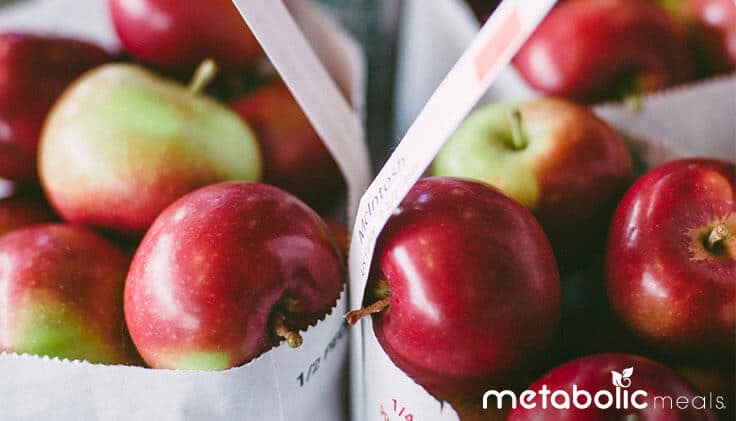
Researchers from Johns Hopkins University have found that apples slow the decline of lung function over the course of 10 years.
Additionally, in people with COPD, researchers found that intakes of apples, pears, peppers, and green leafy vegetables were negatively associated with risk of COPD.
5. Sunflower Seeds
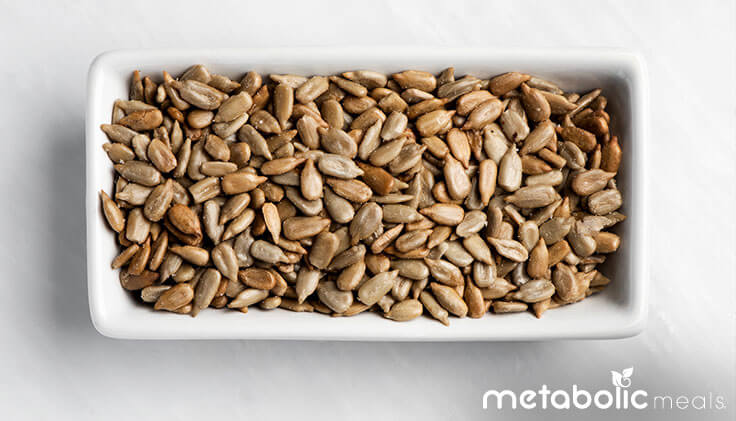
One ounce of sunflower seeds provides 49% of your daily value of vitamin E.
Higher levels of vitamin E in healthy subjects are associated with increased lung capacity.
6. Green Leafy Vegetables
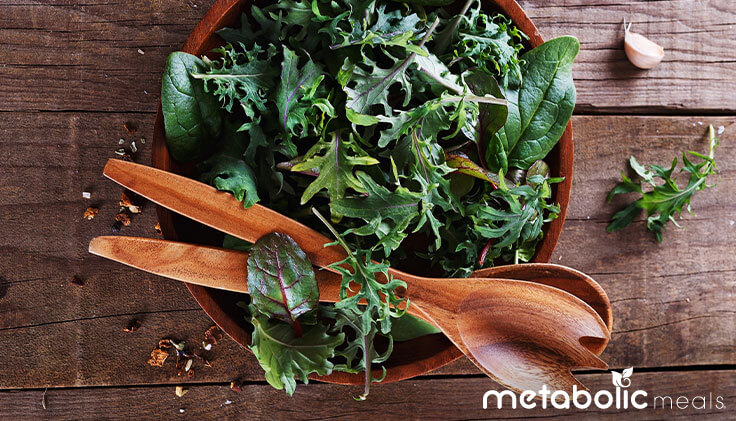
Spinach, lettuce, kale, and parsley are all high in vitamin A.
Studies mainly associate people with high levels of vitamin A in their blood with increased lung capacity. Vitamin A is also associated with a 52% reduction in COPD risk.
7. Carrots
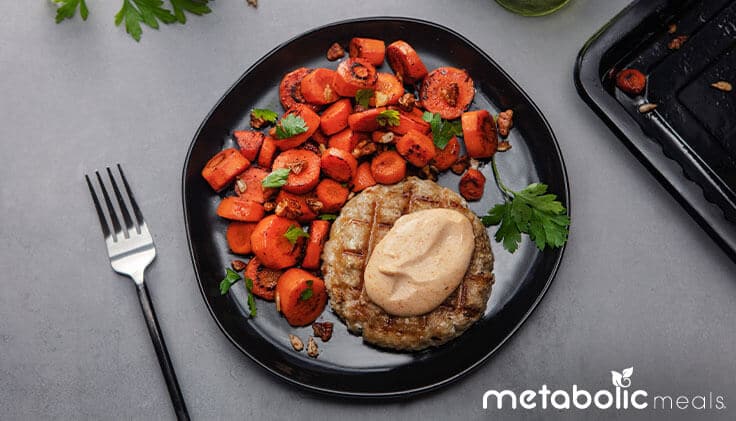
In addition to eating more vitamin A, we can also eat more beta carotene, which is used to make vitamin A within the body. Foods that are naturally orange and yellow typically are high in beta carotene. This includes carrots, pumpkin, sweet potato, and cantaloupe.
A study performed in the general population shows high beta carotene levels are associated with slower decline of lung function as people age.
8. Tomatoes
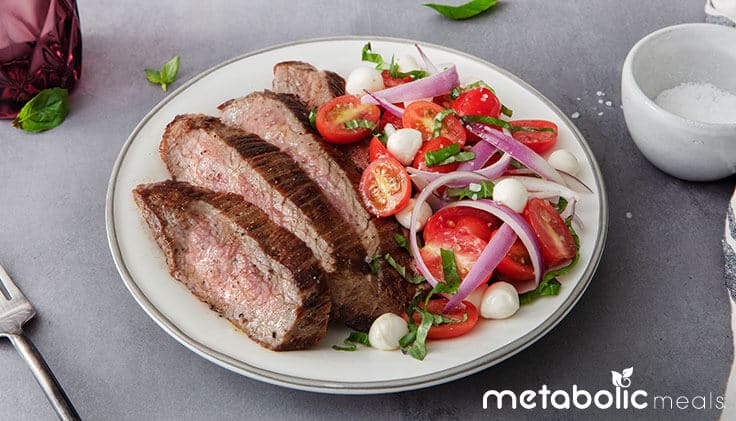
Tomatoes are very rich sources of lycopene. Lycopene is an antioxidant and a carotenoid, which give tomatoes their red color.
One study in asthmatic adults demonstrated that the intake of tomato extract and juice for 10 days led to reduced airway inflammation.
9. Green Tea
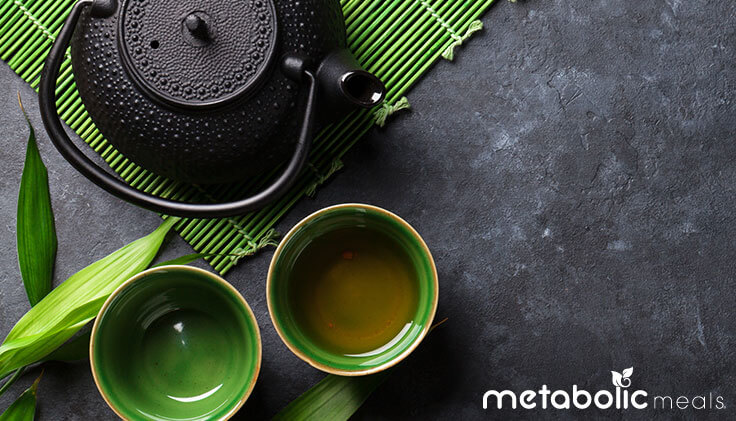
Epigallocatechin-3-gallate (EGCG), a polyphenol and the most potent ingredient in green tea, has been shown to suppress inflammation in the lungs.
Additionally, catechins, a group of flavonoids found in green tea, are associated with better ventilatory function.
10. Chili Peppers
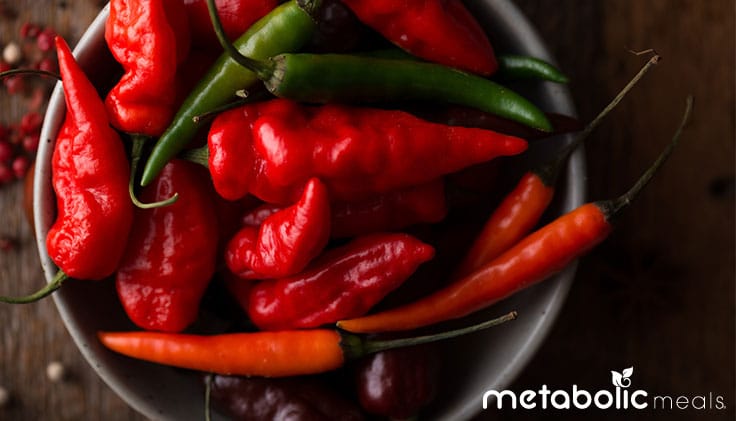
Capsaicin is found in chili peppers such as cayenne or jalapeno peppers.
The compound is known for its burning and irritant effect but can also improve airway inflammation. Capsaicin is used to help relieve pain, protecting against free radicals or bacterial infections, and may also make mucus thinner to help move it out of the lungs.






